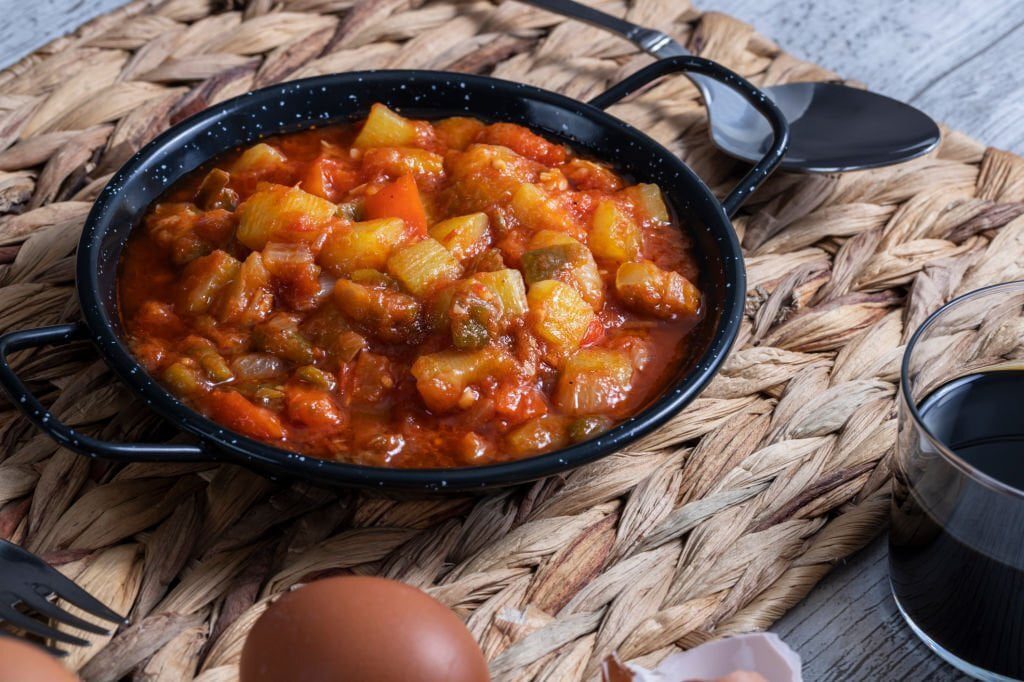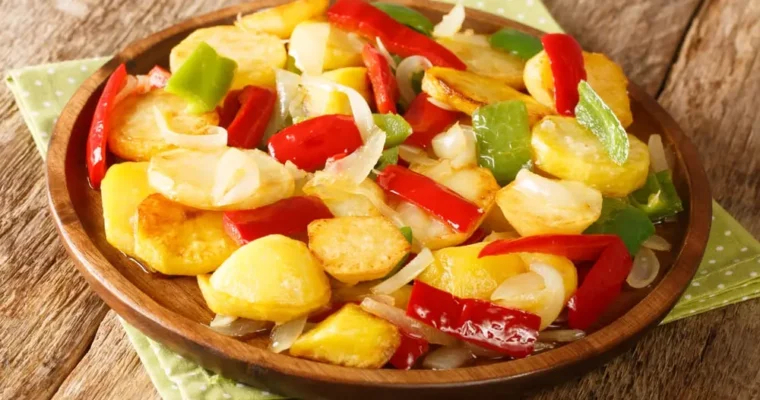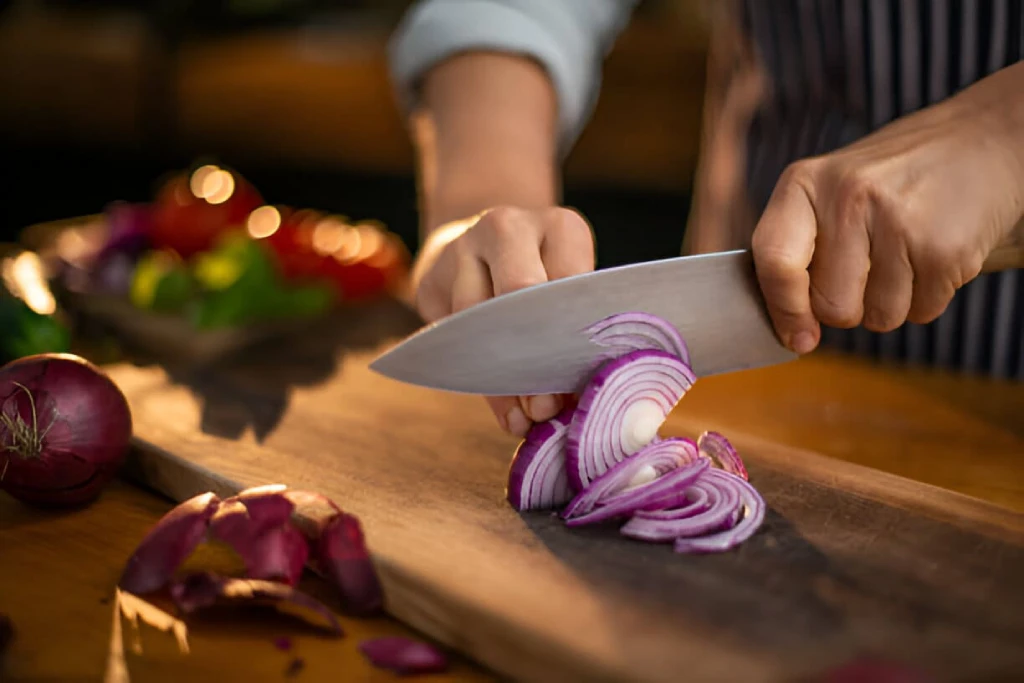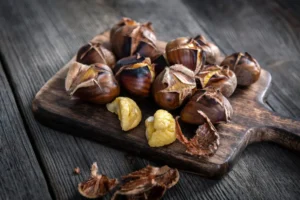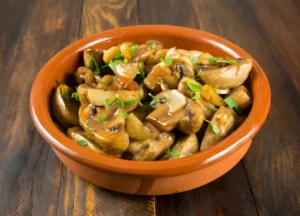Discover the rich culinary heritage of Spain with the traditional Pisto Manchego recipe. This beloved dish from the La Mancha region showcases the vibrant flavors of Mediterranean cuisine. In this article, we’ll delve into the history of Pisto Manchego, explore variations of the recipe, and share valuable tips and tricks to help you master this authentic Spanish delight.
History of Pisto Manchego
Pisto Manchego has deep roots in Spanish cuisine, with origins dating back centuries. Inspired by the Mediterranean climate, this dish evolved as a way to utilize the abundant harvest of vegetables. Traditionally, it was a peasant dish, highlighting simple and readily available ingredients. Today, Pisto is celebrated as a beloved symbol of Spanish gastronomy.
Traditional Pisto Recipe
The traditional Pisto Manchego recipe showcases the essence of Mediterranean flavors. Combining onions, garlic, bell peppers, eggplant, zucchini, and tomatoes, this vegetarian delight is a feast for the senses. Each ingredient is carefully sautéed and simmered to create a harmonious blend of flavors.
Variations of Pisto Manchego:
While the traditional recipe remains popular, various regional adaptations and personal twists have emerged. Some versions include additional ingredients like mushrooms or chorizo to enhance the flavor profile. Others experiment with herbs such as thyme or basil for a unique twist. These variations allow you to tailor the recipe to your preferences, making it a versatile dish that can be customized to suit different tastes.
Tips and Tricks for Perfecting Pisto:
- Chop the vegetables into uniform pieces to ensure even cooking.
- Sauté the ingredients in stages, starting with onions and garlic, followed by bell peppers, and finally adding more delicate vegetables like eggplant and zucchini.
- Simmer the mixture on low heat to allow the flavors to meld together.
- Season with salt, paprika, and other spices according to your taste.
- For added protein, consider adding eggs to the dish.
- Serve hot with crusty bread or as a side dish to complement grilled meats or fish.
Pisto Manchego is a treasured dish that embodies the essence of Spanish cuisine. Explore the variations and master this classic recipe for an authentic taste of Spain.

Pisto Manchego: A Traditional Spanish Delight with Variations, Tips, and Tricks
Ingredients
- 4 tbsp Olive oil
- 1 Onion finely chopped
- 2 Garlic cloves minced
- 1 Red bell pepper diced
- 1 Green bell pepper diced
- 1 Medium eggplant diced
- 2 Medium zucchini diced
- 4 Ripe tomatoes peeled, seeded, and chopped
- Salt to taste
- 1 tsp Paprika
- ½ tsp Ground cumin (Optional)
- Freshly ground black pepper to taste
Instructions
- Heat the olive oil in a large skillet or pan over medium heat.
- Add the onion and garlic to the pan and sauté until they become translucent and fragrant.
- Add the diced bell peppers to the pan and cook for a few minutes until they start to soften.
- Next, add the eggplant and zucchini to the pan and cook for about 10 minutes, stirring occasionally, until they begin to brown.
- Stir in the chopped tomatoes, salt, paprika, and ground cumin (if using). Reduce the heat to low, cover the pan, and let it simmer for about 20-30 minutes until the vegetables are tender and the flavors have melded together.
- Season with freshly ground black pepper to taste.
- Remove from heat.
- Serve the Pistomanchego hot with crusty bread or as a side dish with grilled meats or fish.

